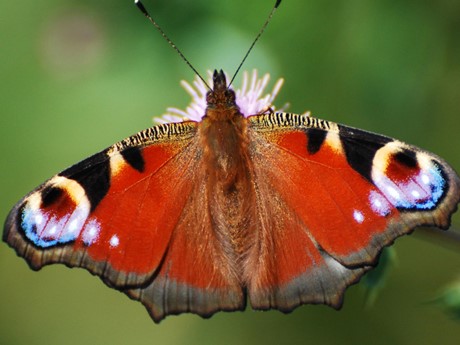Don’t let the grass grow under your feet.
Sparks, Boalch and Garforth, 2019. British Wildlife, 06/06/2019
Nature’s Calendar has been asking people to record when they first cut their lawn since 2000, gathering 33,000 records between 2000-2018. Later the ability to record when a lawn was last cut was also added (or indeed if it is cut all winter). This data was analysed to find the average cutting dates, from which the growing season can be calculated. The 18 March came out as the average date lawn is first cut and 3 November for last cutting. Both had a wide variety of average dates throughout these 18 years. The average lawn growing season was calculated as being 230 days.
An investigation of the relationship between average Jan-March temperature and first cutting date suggested that a 1°C increase in temperature is associated with a 6.8 day advance in average first cutting date. In 2018, for example the ‘Beast from the East’ probably delayed lawn cutting. A relationship was also found between average October temperature and last cut date; a 1°C increase in temperature was associated with a 2.8 day delay in average last cutting date. A substantial proportion of lawns were recorded as cut all winter (7.6%).
Read a summary of the paper here.
